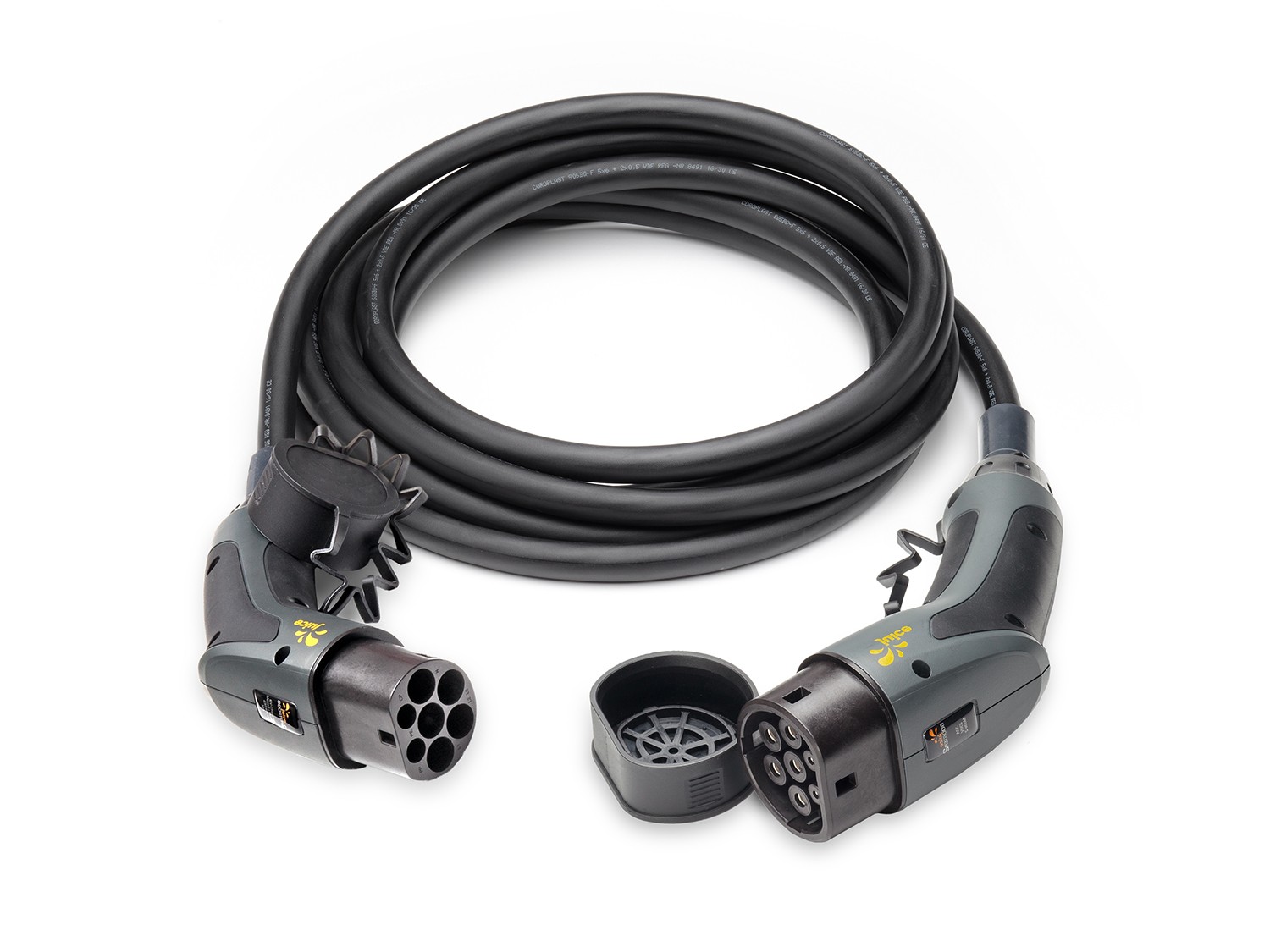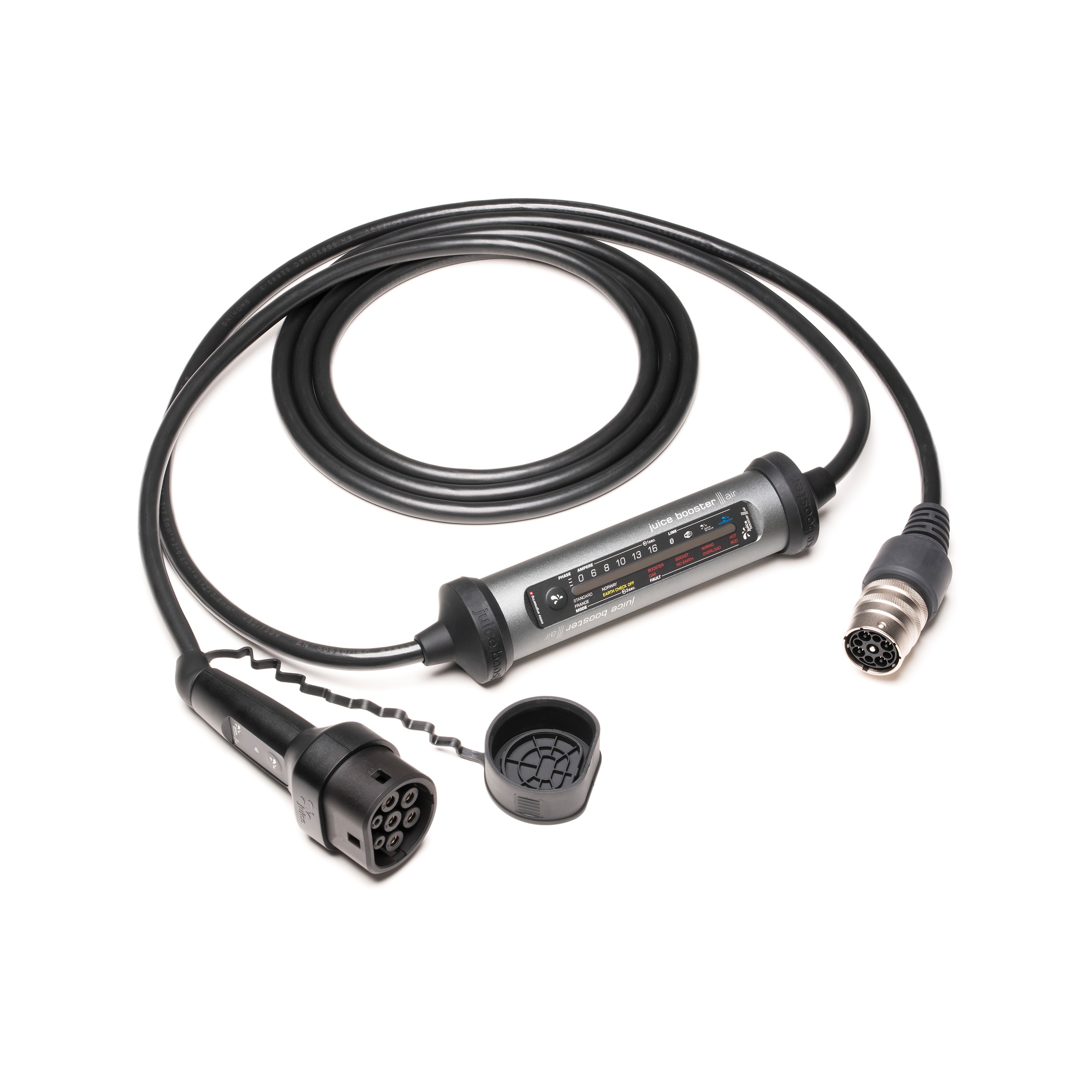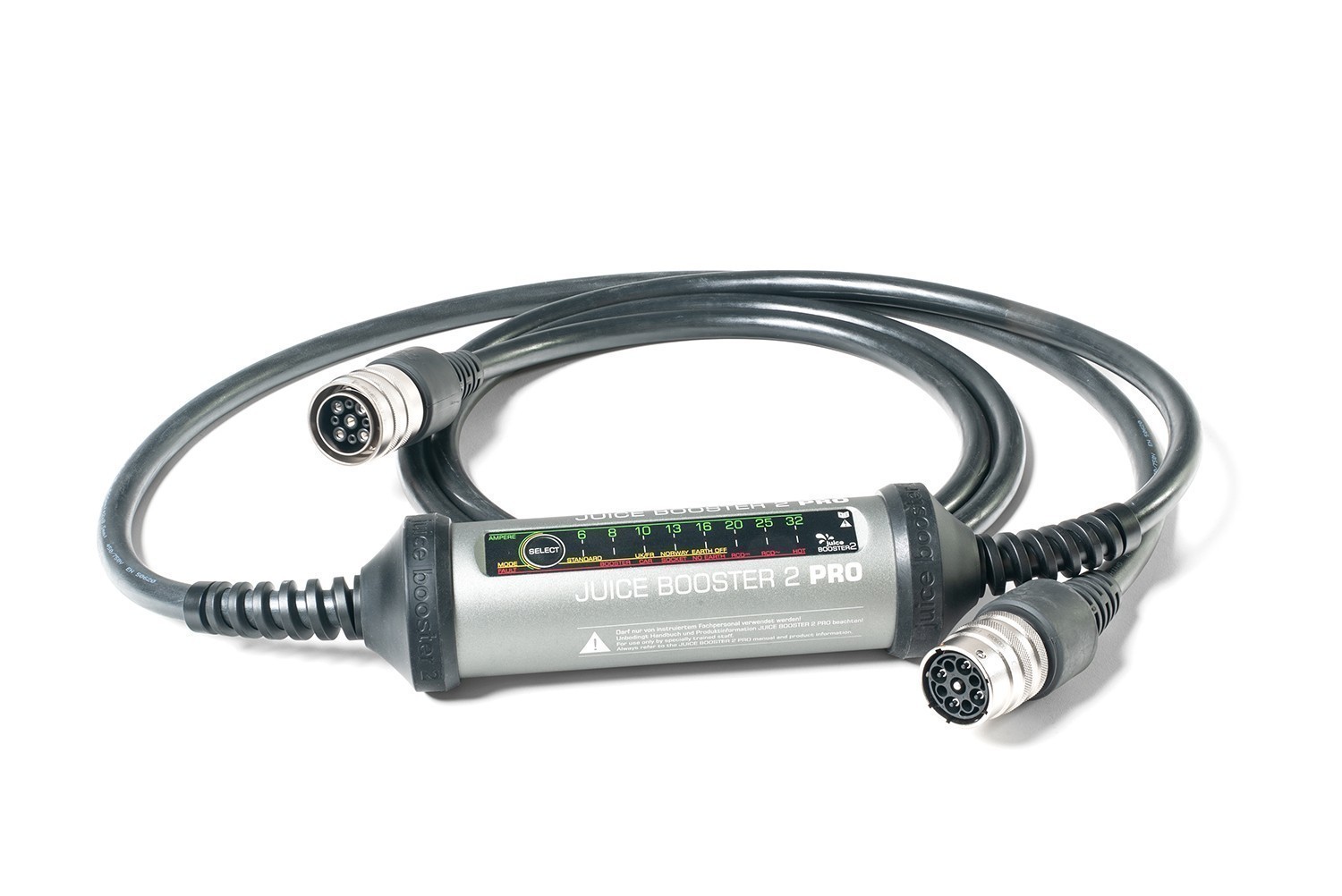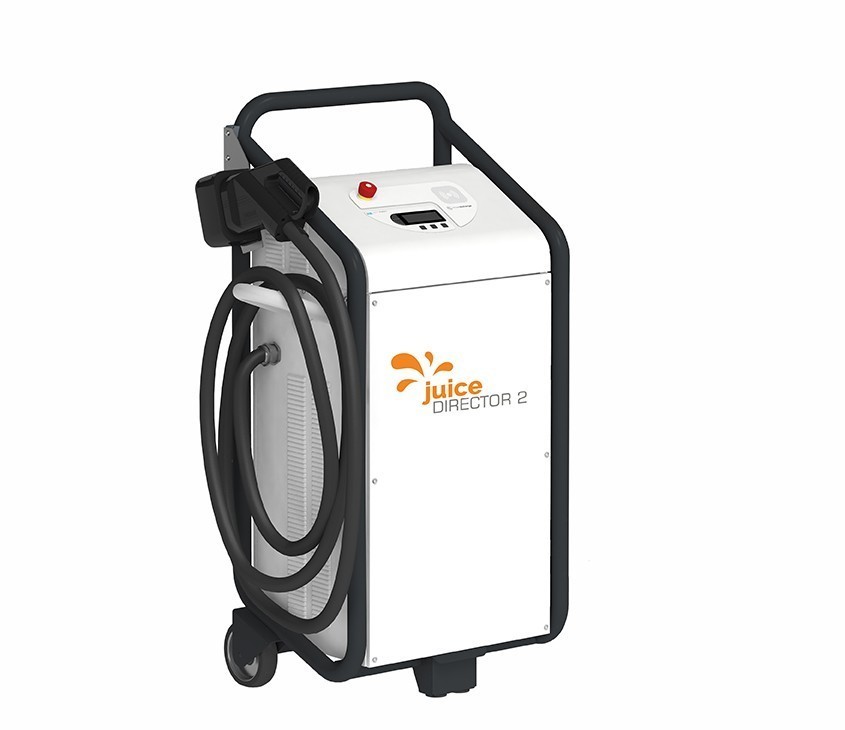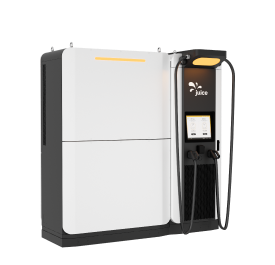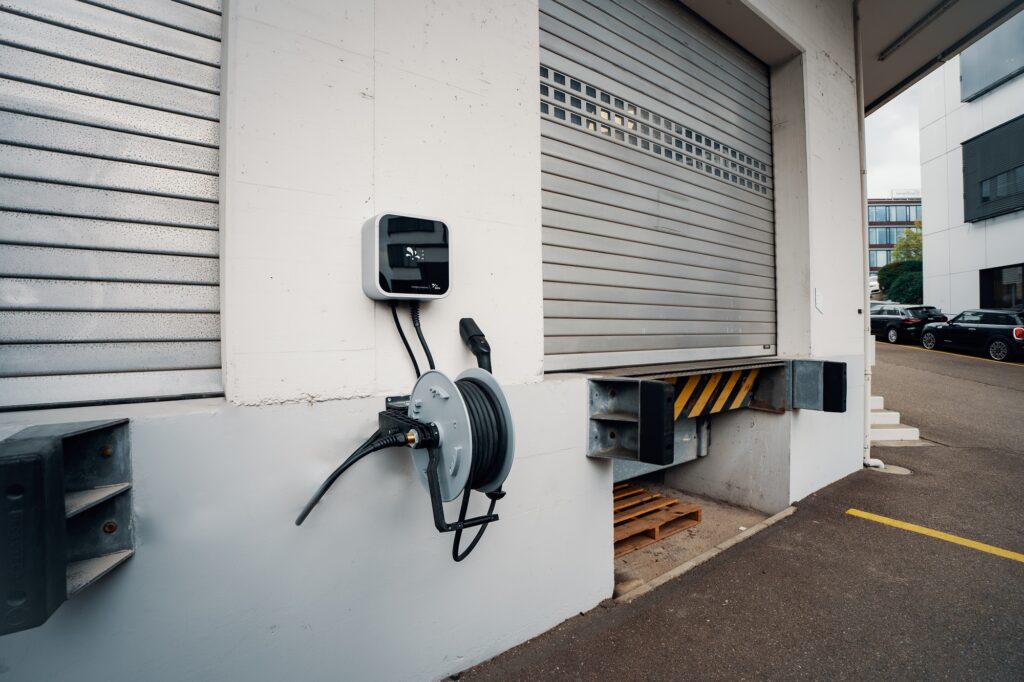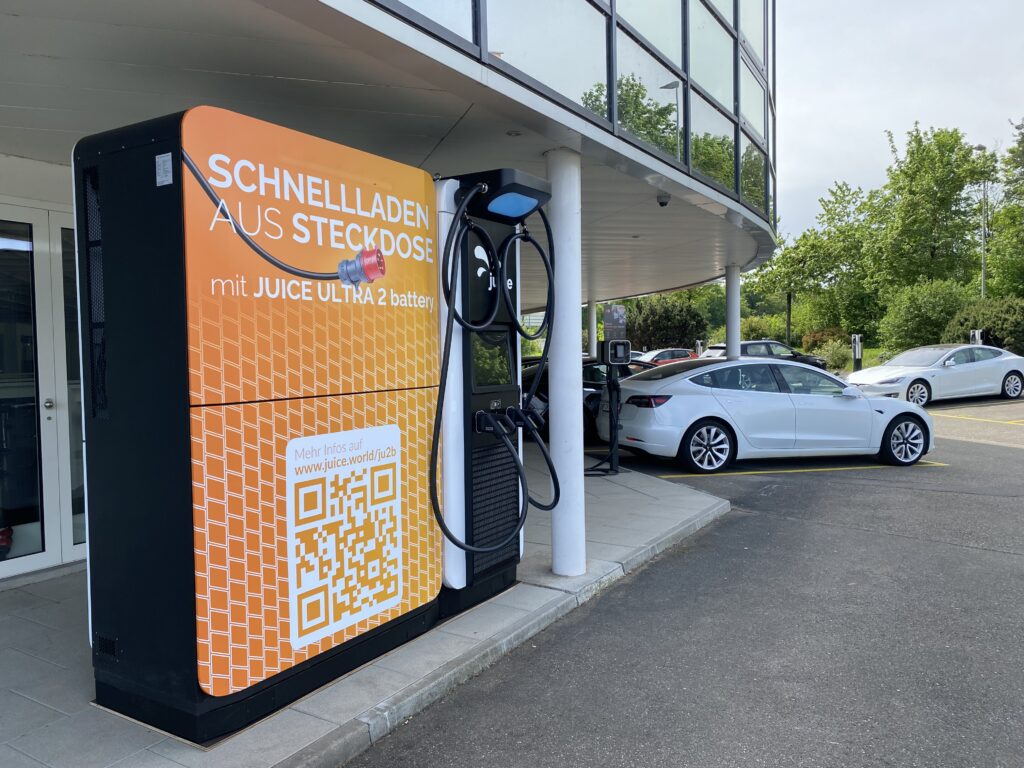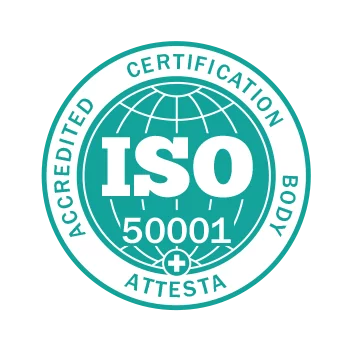A frequent accusation levelled against electrically powered vehicles is that once their batteries have served their purpose in the vehicle itself and completed their subsequent “second life”, they simply become rubbish and thus a hazard to the environment. However, used batteries are already largely recycled today, and can thus be used in the manufacture of new batteries.
What materials are recycled?
When the performance of a battery declines to an excessive degree at the end of its useful life, it becomes a perfect candidate for recycling. Some of the materials contained in the battery are in extreme demand and very expensive to procure, which is why recycling is already both economically and ecologically expedient, despite the low number of available batteries.
These materials primarily include aluminium and steel along with the substances needed to create the reactive components (electrode and electrolyte materials) such as lithium, manganese, cobalt, nickel and graphite. The proportion of these components is changing continuously, in line with the development status of the batteries. In fact, we will soon see energy storage without any cobalt or graphite as electrode material.
The process begins with the first step, that is the disassembly of the battery. The next stage is to either shred or melt down the battery system so that the materials can ultimately be separated and recycled.
Different companies – different recycling procedures
Efficient methods for recycling electric car batteries are still in development, though some are already usable today and have been successfully implemented by select companies.
Currently, the two main processes are pyrometallurgical smelting and hydrometallurgical dissolution.
In the smelting process – or ultra-high temperature smelting, to give the technique its full name – the batteries are melted down at very high temperatures, which results in the combustion of the non-recyclable elements. The cobalt extracted in this process can then be sold back to battery manufacturers as lithium cobalt oxide. According to Tesla, this energy-intensive process is still very environmentally friendly, since it produces 70 percent less CO₂ than is released during initial extraction.
The hydrometallurgical process, on the other hand, uses chemicals instead of heat to dissolve the previously dismantled batteries.
The Germany company Duesenfeld has developed a procedure that is far more energy-efficient than smelting. As well as cobalt and nickel, it also enables the recovery of lithium, manganese and graphite, which is not possible with most other methods. The process involves shredding the batteries in a cold nitrogen atmosphere, which prevents any further chemical reactions and eliminates toxic fluorine compounds.
Another world first is that the electrolyte from the batteries is recovered for reuse in the chemical industry. The “black mass” produced from the shredded granular mix is subjected to hydrometallurgical processing and turned into reusable metal salts. It is thus already possible to recycle up to 91 percent of all battery elements with an up to 40 percent lower carbon footprint than with conventional procedures.
Summary
When considering the environmental impact, some may argue that electric cars bring with them a significant carbon footprint, not least due to the production of the necessary batteries. The fact is, however, that these very batteries contain precisely those raw materials needed to create new batteries, and these can be recycled following a battery’s use in the vehicle and its subsequent second life as stationary energy storage. This gives rise to a closed raw material cycle, which is much more environmentally friendly than commonly assumed.
